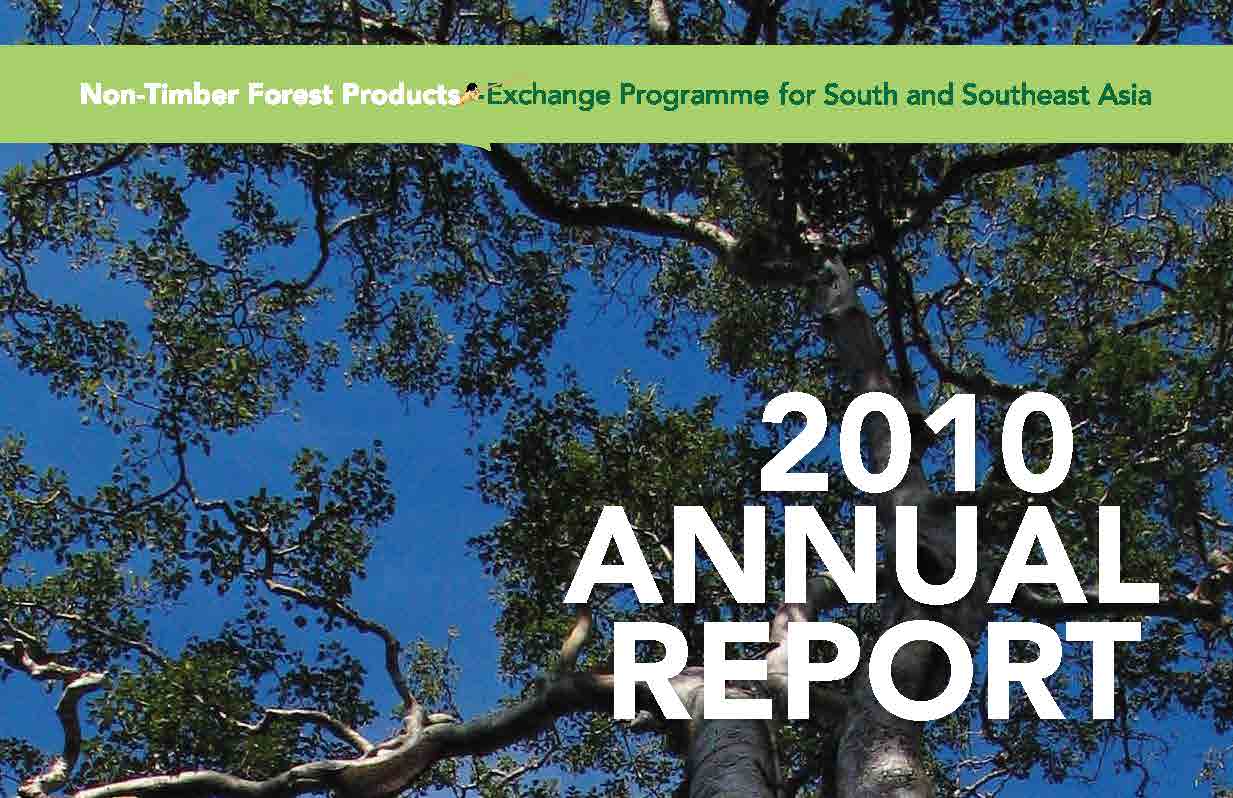As of 2010, the NTFP-EP network has assisted civil society partners and communities in the active conservation of over 626,411 hectares of forest. In the last 3 years, a total of 551 villages covering 143 enterprises catering to 5,234 people have been supported by NTFPEP and its partners.
Conservation efforts include replanting of economically important forest species in Indonesia, Malaysia, and India; establishment of harvesting protocols and standards by communities in Cambodia and the Philippines; and the beginnings of co-management and benefit sharing schemes in park management for the Raglai in Vietnam. Proactive lobbying led to the acceptance of the Philippine government of the community and conservation-sensitive National REDD+ Strategy and approval of REDD+ readiness pilot projects in Palawan; and active participation of the youth in leadership and conservation issues in Sarawak.
Across the region, there were several breakthroughs in marketing, including the sensational launching of the high end brand Borneo Chic, which proved that good quality indigenous crafts are saleable if properly marketed; the success of the NatureWild venture in Cambodia and the new honey brand Khmum Prey owned by the honey federation; and the creation of a marketing arm of a Philippine indigenous peoples federation, the Operasyon Negosyo Natripal in the Philippines, which accessed greater working capital and was able to increase sales considerably to 11 tons in one year. Other noteworthy accomplishments include new NTFP value-added products in India and Cambodia; the establishment of the honey enterprise with a new community, the Agta, in Quezon, Philippines.
The highlights of accomplishments for 2010 there was a marked increase in visibility, networking and capacity building of the Cambodia NTFP Working Group (CNWG), which is now headed by a local facilitator. In India, the establishment of hubs/desks within NTFP-EP partners focusing on specific NTFPs and on different themes such as enterprise, conservation and policy has enabled the network members to specialize and build its capacity for sharing technologies to other partners.
Through the ASEAN Social Forestry Network (ASFN), NTFP-EP was able to expand its reach with networks, finding another channel for championing community forestry. Initially invited as a discussant in a conference, NTFP-EP was later tasked to enhance the civil society engagement of the ASFN, particularly with vulnerable groups such as indigenous communities, to enhance social forestry policy and practice under the food security and climate change theme. This role has enabled NTFP-EP to raise the profile not just of the organization but also of its advocacy.
Another means of promoting community forestry is through support of Indigenous Community and Conserved Areas (ICCAs) as a model of community conservation practice. NTFP-EP was invited to join the ICCA consortium, which actively promotes community concerns and positions in the Convention on Biological Diversity. Working primarily in 6 countries in South and Southeast Asia, NTFPEP has also started reaching out to Latin America, where it has ties with RedLANM, the NTFP network there. RedLANM has prepared a strategic plan to involve producers, governments, NGOs, scientists and researchers of NTFPs in Central and South America into an effective network that can provide a useful exchange of information, build capacities and improve the value of NTFPs for local communities.




